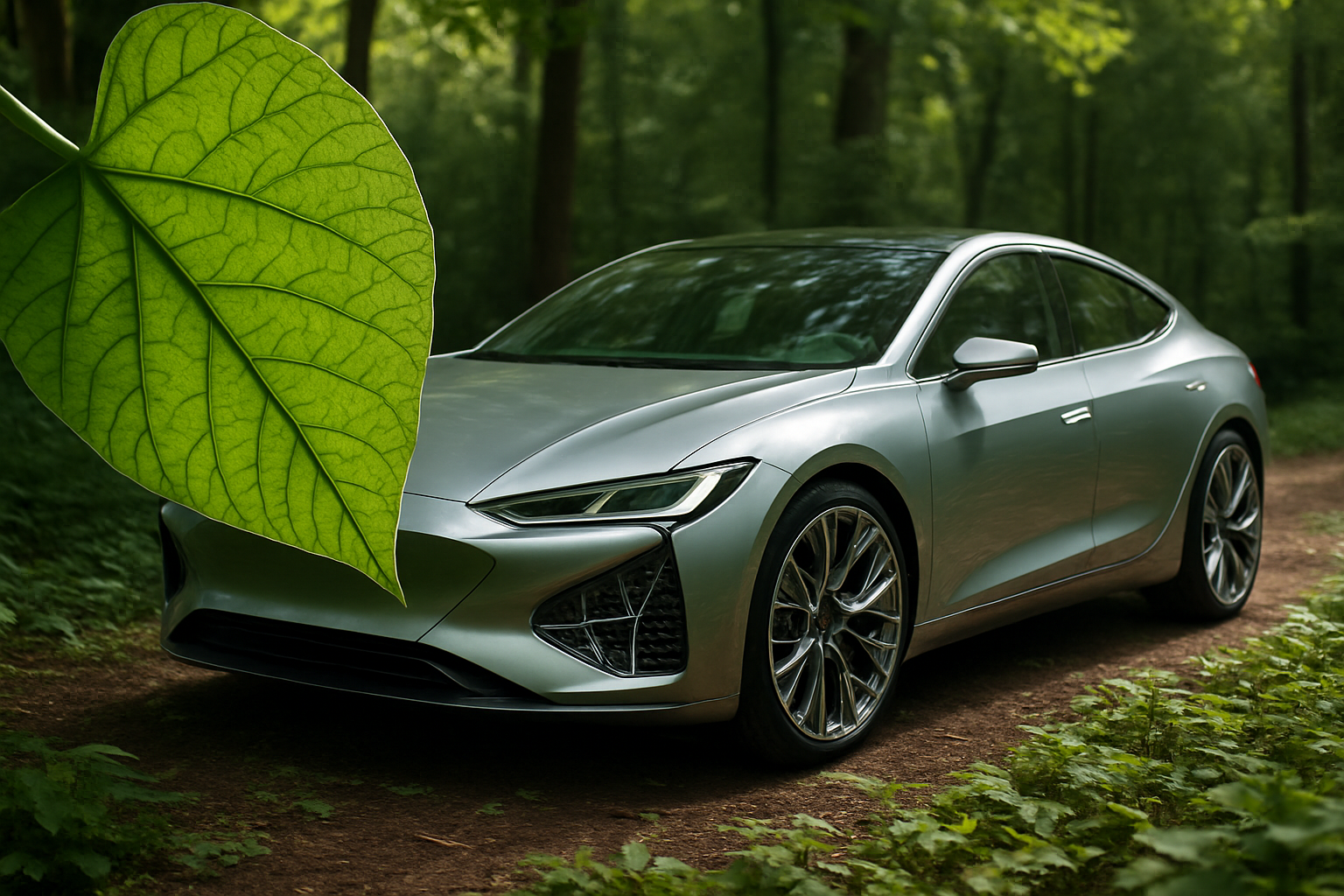Biomimicry in Automotive Design: Nature's Blueprint for Future Cars
The symphony of a bustling forest or the graceful glide of a manta ray might seem worlds apart from the automotive industry. Yet, these natural marvels are increasingly influencing how we conceptualize and design the cars of tomorrow. Biomimicry, the practice of emulating nature's time-tested patterns and strategies, is steering automotive innovation into uncharted territories. As we delve into this fascinating intersection of biology and engineering, we'll explore how nature's 3.8 billion years of R&D is reshaping the future of automotive design.

The turning point came with advancements in materials science and computational modeling, allowing designers to more accurately replicate nature’s intricate structures. Suddenly, the possibilities seemed endless. From shark skin-inspired paint that reduces drag to lotus leaf-like coatings that repel dirt, nature’s solutions began finding their way into various aspects of vehicle design.
Nature’s Efficiency: Lessons in Form and Function
One of the most prominent areas where biomimicry is making waves is in vehicle structures. Engineers are increasingly looking to nature’s lightweight yet strong designs to create more efficient and safer vehicles. The boxfish, for instance, has inspired Mercedes-Benz to create a concept car with an aerodynamic body that reduces fuel consumption while maintaining structural integrity.
Another fascinating example is the honeycomb structure found in beehives. This hexagonal pattern provides maximum strength with minimal material, a principle now applied in the design of impact-absorbing crash structures. By mimicking this natural architecture, automotive engineers can create safer vehicles without adding unnecessary weight.
Revolutionizing Materials: Nature’s Sustainable Solutions
As the automotive industry grapples with sustainability challenges, biomimicry offers a treasure trove of eco-friendly solutions. Take, for example, the abalone shell. Its incredibly strong yet lightweight structure has inspired the development of new composite materials that could revolutionize car body manufacturing.
Similarly, the self-healing properties of human skin have led to the creation of self-repairing paints and coatings. These innovative materials can seal small scratches and dents automatically, potentially extending the lifespan of vehicles and reducing the need for repairs.
Enhancing Performance: Nature’s High-Speed Secrets
When it comes to performance, nature has been fine-tuning its designs for millions of years. The kingfisher’s beak, for instance, has inspired the nose design of high-speed trains to reduce noise and improve energy efficiency. This same principle is now being applied to high-performance cars to enhance aerodynamics and reduce wind resistance.
Another intriguing example comes from the cheetah. Its flexible spine allows for increased speed and agility, a concept that’s being explored in the development of adaptive chassis systems. These systems could potentially allow vehicles to alter their shape slightly at high speeds for improved handling and performance.
Smart Systems: Learning from Nature’s Networks
As vehicles become increasingly connected and intelligent, designers are looking to nature’s complex networks for inspiration. The neural networks of the human brain, for instance, are informing the development of more sophisticated automotive AI systems. These systems could potentially improve everything from navigation to predictive maintenance.
The swarm behavior of bees and ants is another area of interest. By studying how these insects communicate and coordinate their actions, engineers are developing new approaches to vehicle-to-vehicle communication and traffic management systems. These bio-inspired algorithms could lead to more efficient and safer roads in the future.
Challenges and Future Directions
While the potential of biomimicry in automotive design is immense, it’s not without challenges. Translating nature’s solutions to the scale and complexity of modern vehicles often requires significant research and development. Moreover, ensuring that these bio-inspired innovations meet stringent automotive safety and regulatory standards can be a complex process.
Despite these hurdles, the future of biomimicry in automotive design looks promising. As our understanding of nature’s mechanisms deepens and our technological capabilities advance, we can expect to see even more innovative applications. From shape-shifting bodies inspired by cuttlefish to self-organizing traffic systems modeled after ant colonies, the possibilities are as vast as nature itself.
In conclusion, biomimicry is not just about copying nature; it’s about learning from its principles and adapting them to solve human challenges. As we continue to face environmental and technological hurdles in the automotive industry, nature’s 3.8 billion years of innovation provide an invaluable resource. By embracing biomimicry, we’re not just designing better cars; we’re reimagining our relationship with the natural world and paving the way for a more sustainable and efficient automotive future.





